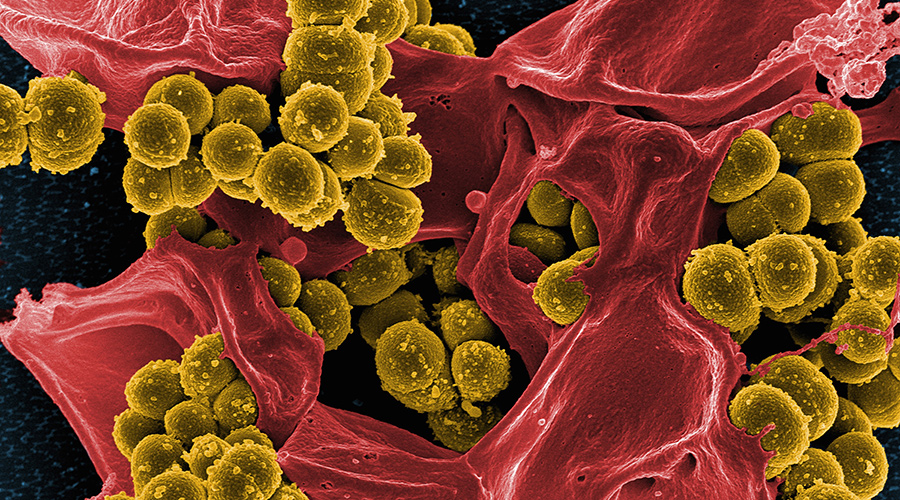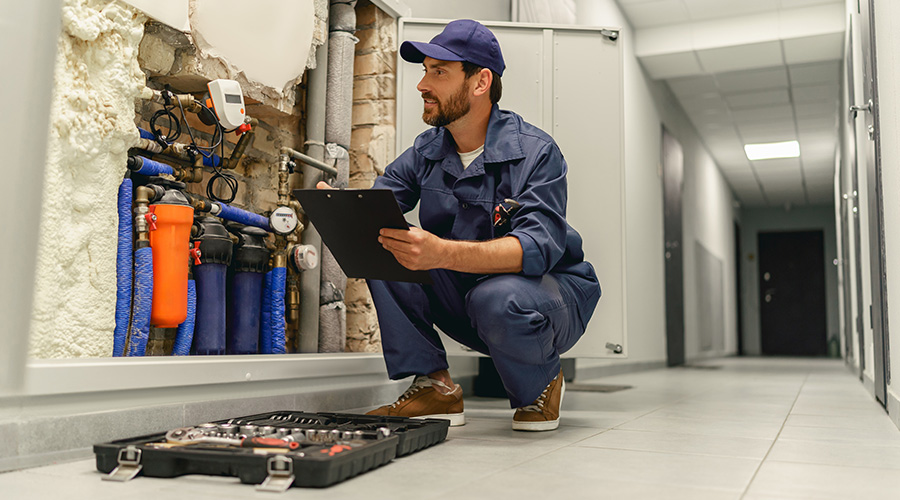ePIPE Team Awarded U.S. Patent - for application of an 'in-place' coating to protect underground pipes against water loss due to leaks
|
|
Pipe Restoration Technologies, LLC, (PRT) makers of the ePIPE®, Lead-Free, Leak-Free™ and LeadSmart® product lines, announced that it has been granted U.S. patent #9744561. This patent is related to the ePIPE system of in-place pipe restoration which providesprotection to underground pipes against leaks and harmful lead and copper leaching.
|
|
“ePIPE is providing superior solutions in response to real-time issues of providing protection against leaks and reducing the leaching of toxic metals like lead and copper from underground pressurized water supply pipes. With some utilities reporting water loss due to leaks at 35% or greater our solution provides a significant opportunity to address water loss”, said Pipe Restoration Technologies CEO Larry Gillanders. “ePIPE applicators save their customers time and money with ePIPE’s fast installation.Protecting underground water carrying pipes including lead service lines (LSLs) can be completed in under four hours per line and often with no excavation on the home owner’s property.”
Pipes protected with ePIPE reduce the loss of water and reduce the leaching of toxic lead and copper into drinking water to well below U.S. Environmental Protection Agency (EPA) and World Health Organization (WHO) cut-off levels. Pipes from as small as 1/2'' in diameter can be protected in-place using the patented ePIPE system and materials.
|
|
August 30, 2017
Topic Area:
Press Release
Recent Posts
The CDC estimates that about 23,000 people die each year from 17 types of antimicrobial-resistant infections acquired in healthcare facilities.
Building safety into the facilities’ designs is one approach to preventing violence and ensuring resilience.
Their investigation determined that the network had been accessed by unknown actors between November 5, 2024, and November 11, 2024.
Process converts necessary upgrades from capital liabilities into strategic investments using operational dollars.
Security systems, safety and inviting atmospheres don’t have to be in conflict.

 The HAI Challenge Goes On
The HAI Challenge Goes On Report: Violence Costs Hospitals More than $18B Per Year
Report: Violence Costs Hospitals More than $18B Per Year Doctors Imaging Group Ensnared in Data Breach Event
Doctors Imaging Group Ensnared in Data Breach Event EaaS: Funding Infrastructure Projects with Energy Savings
EaaS: Funding Infrastructure Projects with Energy Savings Balancing Security Systems with Patient Comfort in Healthcare
Balancing Security Systems with Patient Comfort in Healthcare